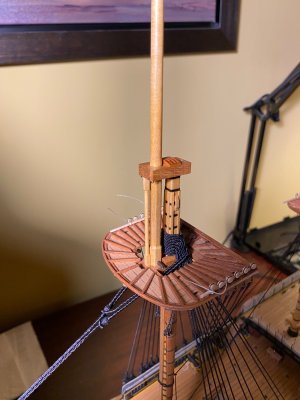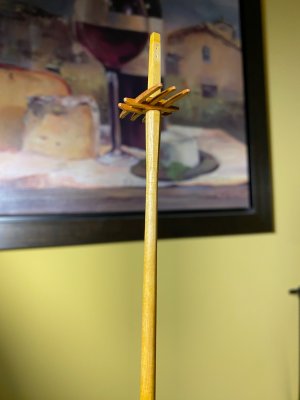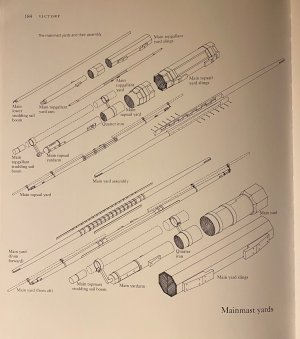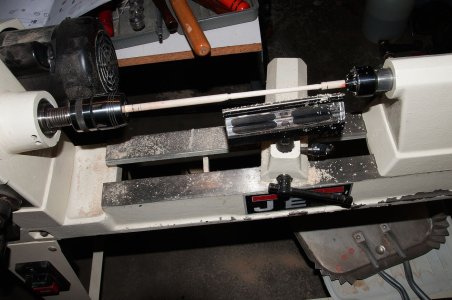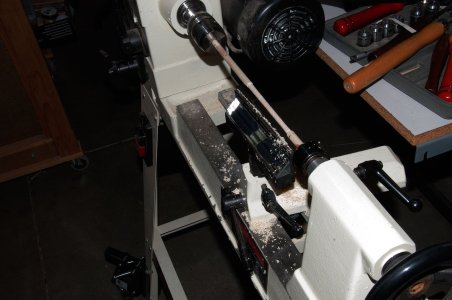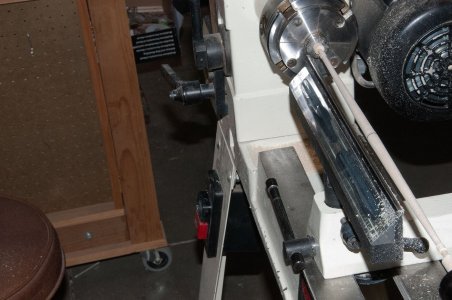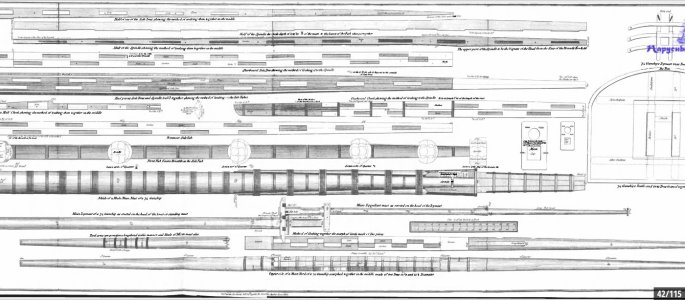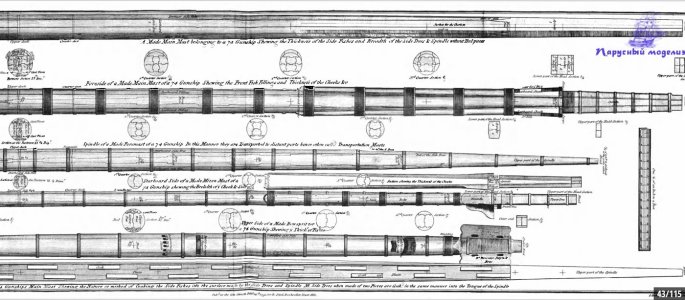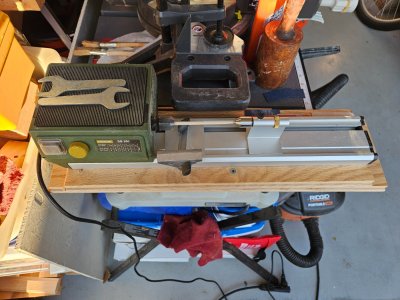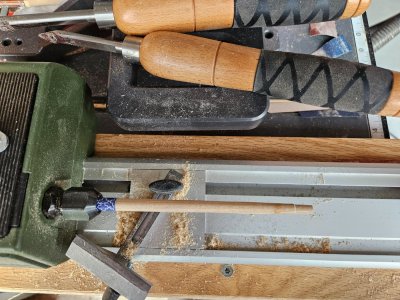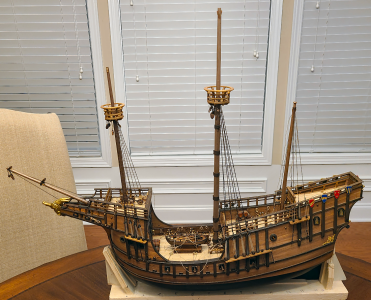so far I cannot find any other ancillary spars or mast rigged yards that had an octagonal shape at the ends. That said, exceptions are usually fun to find
True, indeed. It's not my period, but offhand I seem to recall that some earlier 15th and 16th Century European ocean-going sailing vessels had larger squared-off mastheads which accommodated halyard sheaves.




